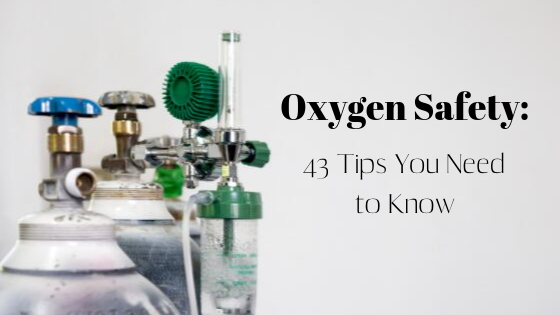Respiratory Resource Center - LPT Medical
Oxygen Safety: 43 Tips You Need to Know
Lung function decline is a defining characteristic of...
Read More16 Questions You Should Ask Your Doctor About COPD
Whether you've been recently diagnosed with COPD or have...
Read More9 Tips for Grocery Shopping if You have COPD
Chronic obstructive pulmonary disease (COPD) is a progressive lung...
Read More

